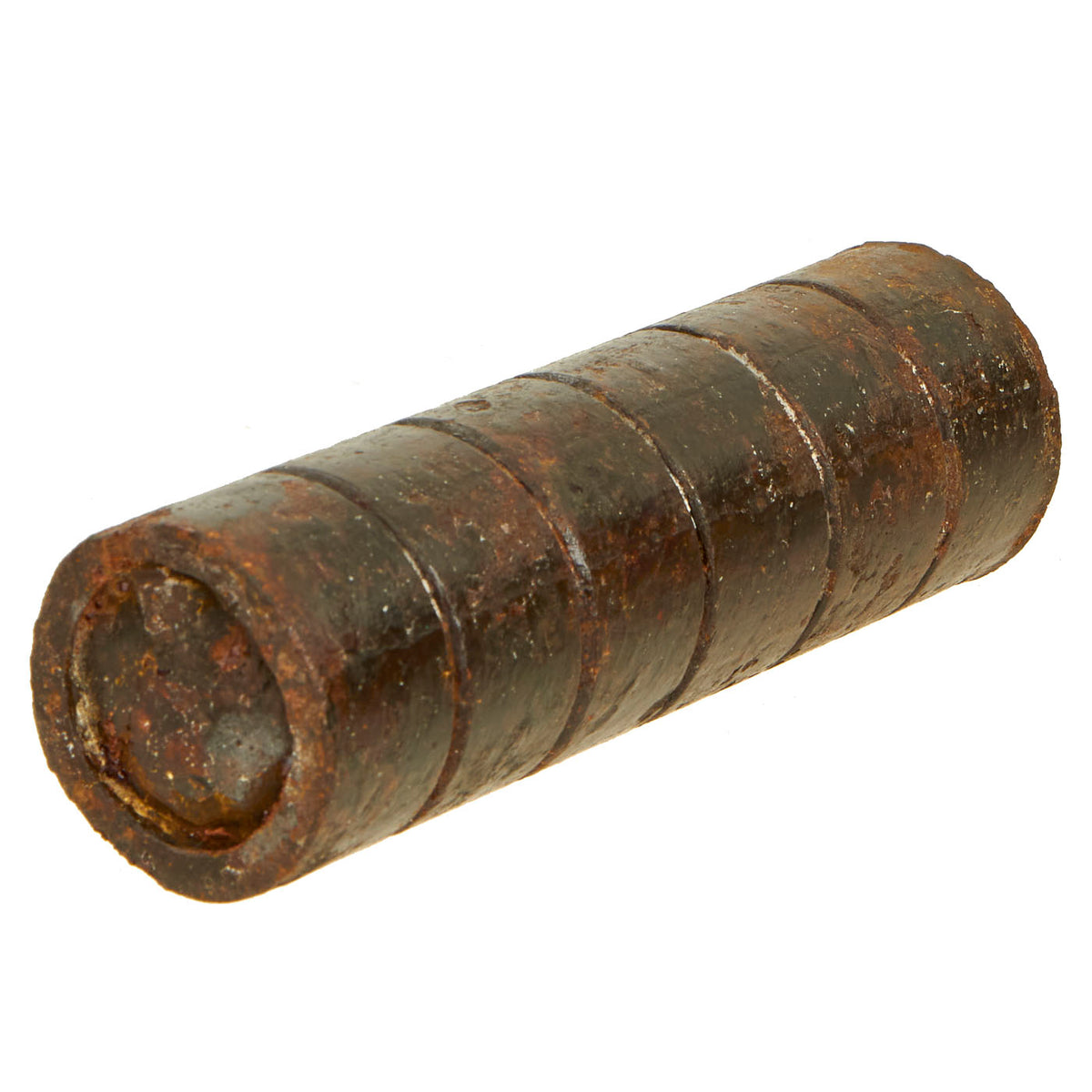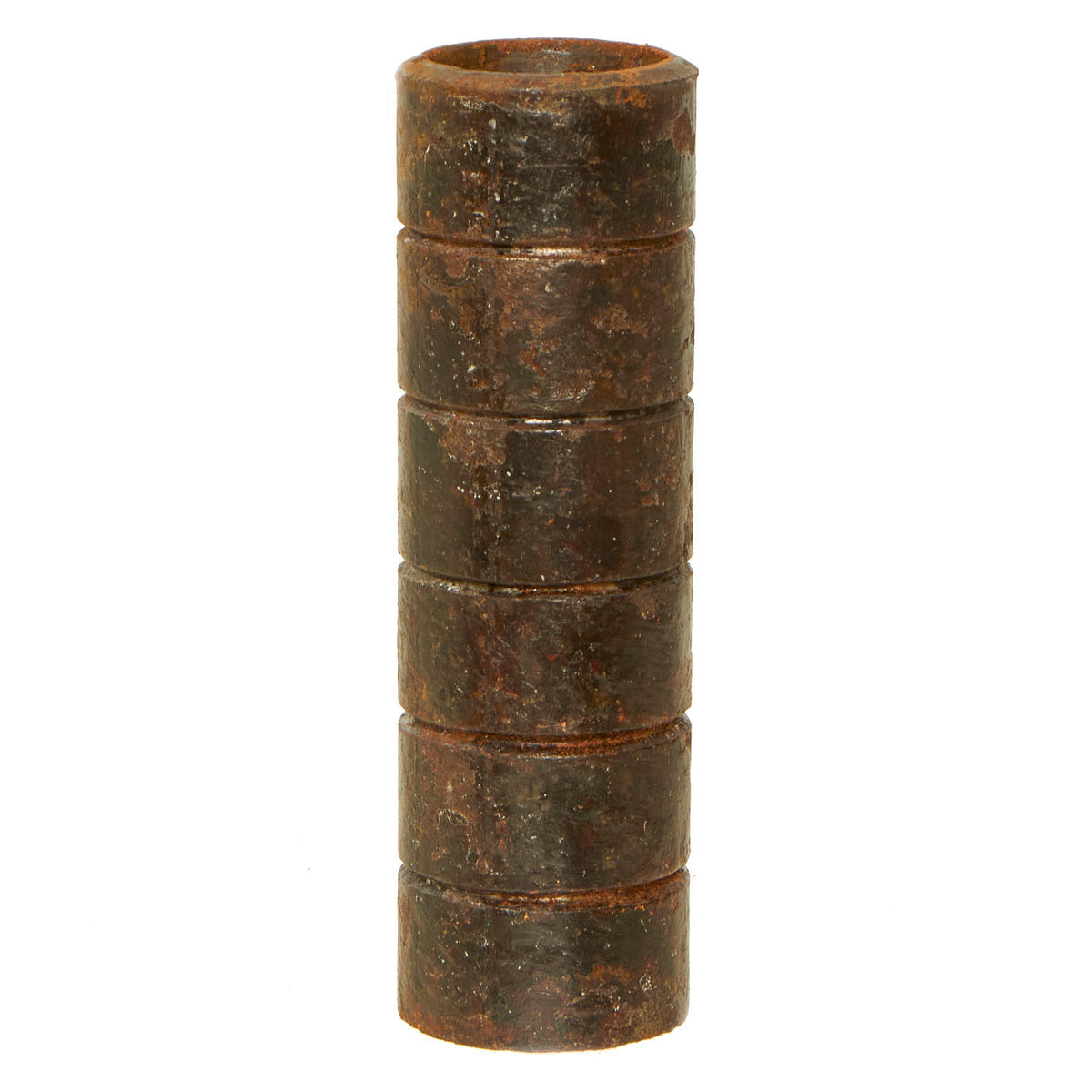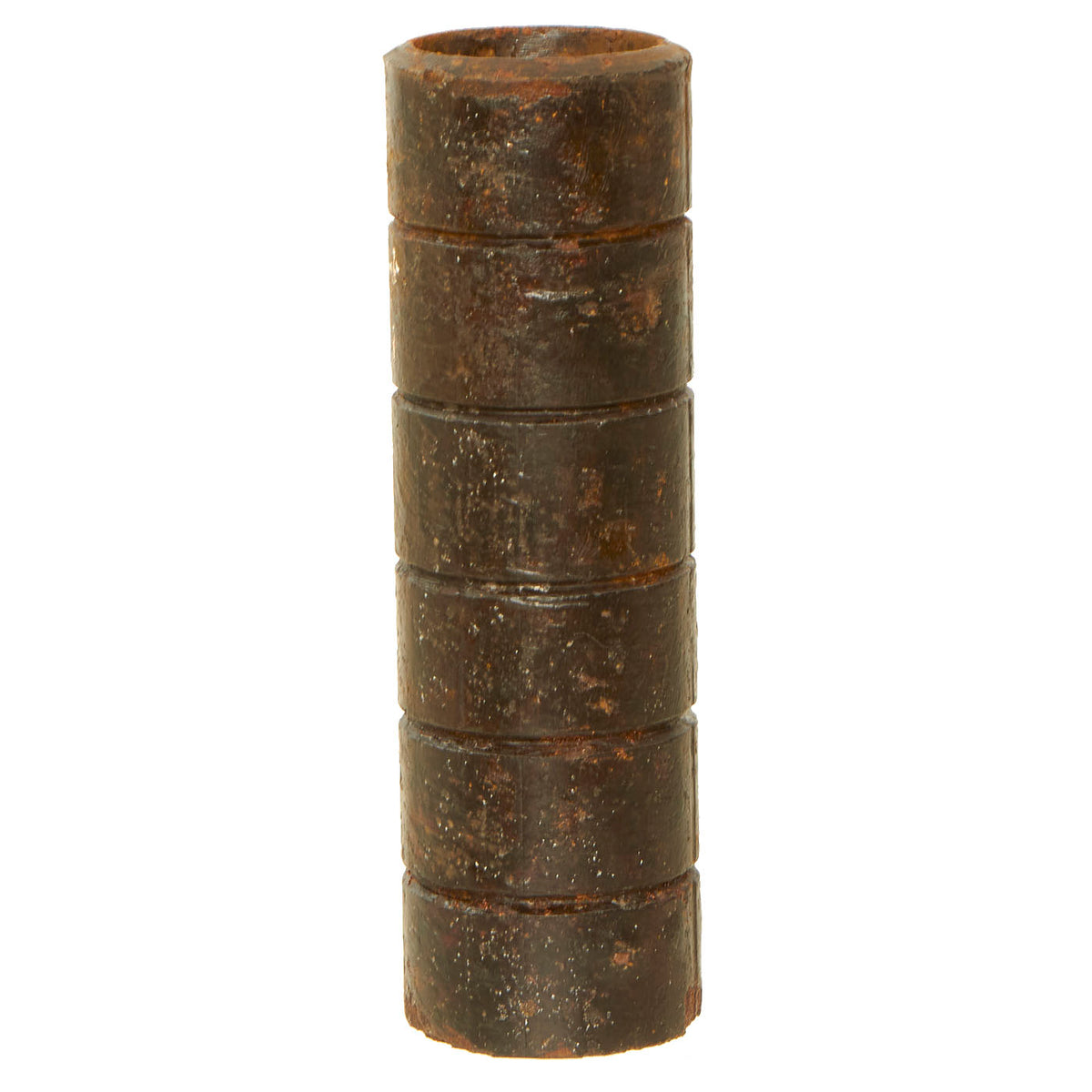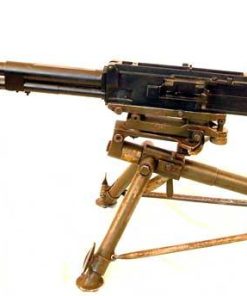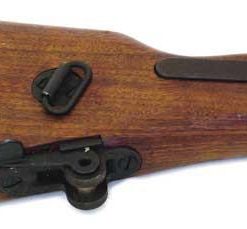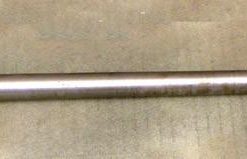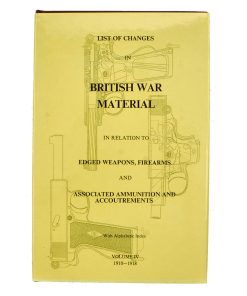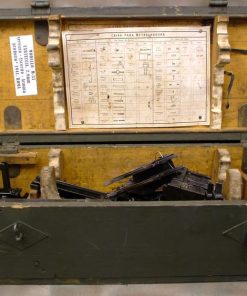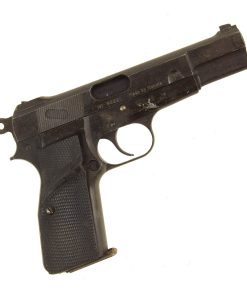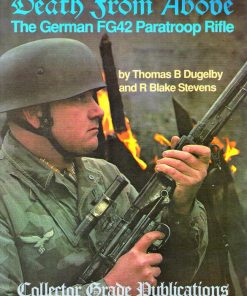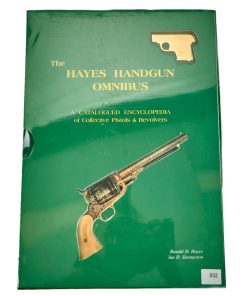Original Austro-Hungarian WWI Inert “Lakos” Pipe Fragmentation Hand Grenade Original Items
$ 350,00 $ 105,00
Original Item: Only One Available. This is a totally inert BATF complaint deactivated Austro-Hungarian “Lakos” Pipe Hand Grenade, as used during WWI. This is unable to be used as a destructive device and is not available for export.
Many of the early hand grenades in use during the first few months of the war, across all the combatant nations, were improvised explosive devices, tins full of bits of metal or anything likely to cause damage, often attached to handles for easier throwing. The Austro-Hungarian Army was no different, and this is one such example; the “Lakos” pipe grenade.
These are named after the man who developed them, Captain Róbert Lakos, pioneer officer of the Royal Hungarian 4th Honvéd Infantry Regiment. The design was relatively simple and easy to manufacture, even with items on hand in the trenches. One would take a pipe or other cylinder, and cut it into a nice size for throwing. Usually 6 – 8 grooves to aid in fragmentation would then be added, and the pipe was then filled with explosives and sometimes shrapnel. The ends were then plugged, sometimes with metal caps, and sometimes just with wood.
As these were mostly improved, the end results varied widely in shape and size. This example has 5 grooves, and measures 5 ½ inches with a width of 1 ⅝ inches. One end is plugged with iron or steel, while there is a wooden plug on the other end, with a nail attached to it. We have not been able to determine the ignition method for this grenade, but it most likely was installed on the wood plugged end.
Condition is very good, with some small areas of pitting and a nice finish. Many of these were used in the mountains of the alps, so they often were found long after WWI.
A very nice example of a rare early grenade from the Great war, ready to display!
Hand grenades used in World War I were hand-thrown bombs filled with explosive material (TNT, amatol, or cheddite) and typically either impact or time-detonated. The first British grenade, the Mark 1 developed in 1908, was mounted on a long, sixteen-inch throwing handle and detonated on impact, while early French F-1 (Fusante No 1) grenades, first produced in 1915, were equipped with a percussion cap system igniting a timed fuse. The contemporary German grenade, the Model 24 Stiehlhandgranate (“stick grenade”), was also equipped with a throwing handle and a timed fuse ignited via pull-string striker. Some World War I grenades, especially early in the war while warring nations were still increasing weapons production, were improvised devices of little more than explosives and fragments loaded into tin cans such as the Australian “Jam Tin Grenade” with a fuse which had to be lit before being thrown. When the British Mark 1 proved unsatisfactory, it was succeeded by the Mark 5 “Mills Bomb” beginning in 1915. The Germans also fielded improved grenades such as the Model 17 Eierhandgranate, or “Egg Grenade.”
Most grenade designs such as the British Mills Bomb and the German Stick and Egg Grenades served into World War II. The French F-1 was so popular that it was issued to both the United States and Soviet Union and served as the basis for the US MkI and MkII “Pineapple” grenades and the Soviet F-1.
Used by every major belligerent in the First World War, grenades were initially seen as a solution to the stalemate of trench warfare and since grenade employment focused on trench clearing, early organization and employment techniques were similar for both sides. British forces employed a “bombing reserve” composed of nine soldiers. Led by a non-commissioned officer, these specialists included two grenade throwers, two grenade carriers, two bayonet men, and two soldiers in reserve. Another type of Allied “bombing squad,” also composed of nine soldiers, was led by one team of four: a point man, a grenadier, a grenade carrier, and the team leader, followed by the squad leader and another four-man team. French escouades de grenadiers (grenade thrower sections), which were mirrored by American forces upon their arrival in 1917, included two grenadiers, two assistant grenadiers, two grenade carriers and one reserve soldier, all led by a corporal. The Germans initially manned their Handgranatentruppen (hand grenade teams) with six to eight volunteers who were selected based on their courage and strength to conduct the mission. This was formalized by 1916 into a nine-man Handgranatengruppe (hand grenade squad), similar to Allied formations. Operating in close proximity to the enemy, i.e. within the hand grenade throwing range of twenty to forty-five yards (eighteen to forty-one meters), the hand grenade formations were armed with pistols and knives for close quarters fighting, in addition to standard rifles and bayonets.
Fast Shipping with Professional Packaging
Thanks to our longstanding association with UPS FedEx DHL, and other major international carriers, we are able to provide a range of shipping options. Our warehouse staff is expertly trained and will wrap your products according to our exact and precise specifications. Prior to shipping, your goods will be thoroughly examined and securely secured. We ship to thousands clients each day across multiple countries. This shows how we're dedicated to be the largest retailer on the internet. Warehouses and distribution centres can be located throughout Europe as well as the USA.
Note: Orders with more than one item will be assigned a processing date depending on the item.
Before shipping before shipping, we'll conduct a thorough inspection of the items you have ordered. Today, the majority of orders will be delivered within 48 hours. The delivery time will be between 3-7 days.
Returns
The stock is dynamic and we cannot completely manage it because multiple stakeholders are involved, including our factory and warehouse. So the actual stock may alter at any time. It's possible that you may not receive your order once the order has been made.
Our policy is valid for a period of 30 days. If you don't receive the product within 30 days, we are not able to issue a refund or an exchange.
You can only return an item if it is unused and in the same state as the day you received it. You must have the item in its original packaging.
Related products
Uncategorized
Angolan Rebel 1970s era 60mm Inert Display Mortar from Angolan Civil War Original Items
Uncategorized
Uncategorized
Australian WWII Owen MK1 Machine Carbine SMG Custom Fabricated Replica with Sling Original Items
Uncategorized
Uncategorized
Uncategorized
Uncategorized
Uncategorized
Uncategorized
Uncategorized
Uncategorized
Uncategorized
